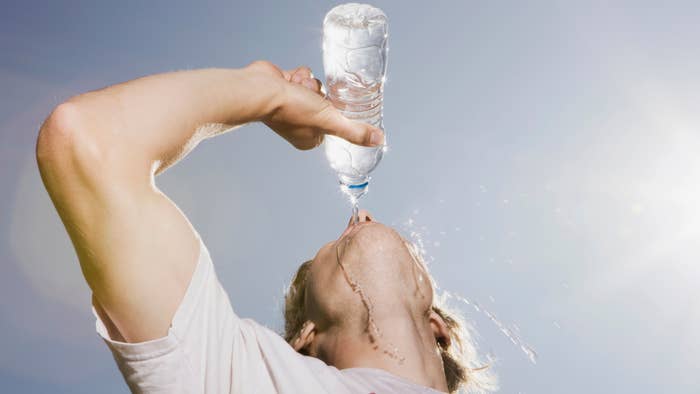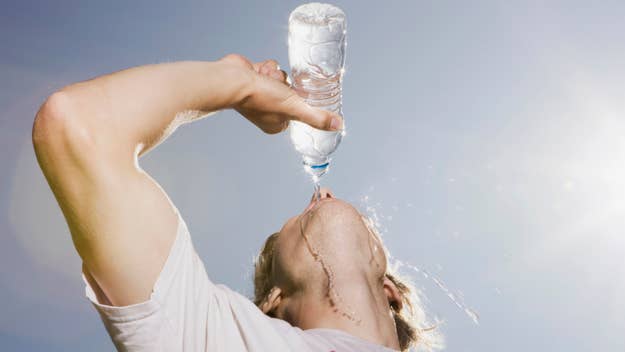
Today in news of the Everything Is Fucked So Let’s Party Into Oblivion variety, we have word that we’re all likely ingesting a dramatically higher amount of tiny bits of plastic than previously thought.
That's the takeaway from a newly released study from scientists associated with Columbia University and Rutgers, as seen in a research article first shared by the Proceedings of the National Academy of Sciences (PNAS).
Using what’s described as “a powerful optical imaging technique for rapid analysis of nanoplastics,” a trio of bottled water brands were closely examined, resulting in findings that point to an average of roughly 240,000 tiny plastic particles per liter. Nanoplastics, as they’re called, are much smaller than the already-tiny microplastics, which could make them better equipped to cause possible damage to the human body.
To that last point, however, there is not yet a consensus. In comments to the Associated Press this week, PNAS study co-author and toxicologist Phoebe Stapleton noted that it's not currently known "if it's dangerous or how dangerous."
Shortly after the study was shared, the International Bottled Water Association (IBWA) issued a statement in response to the findings while noting it had “very limited notice and time to review” its findings.
“This new study by Columbia University researchers Qian, et. al, used bottled water to apparently demonstrate a new method for nanoplastics analysis due to a lack of currently available methods,” an IBWA rep said on Tuesday. “This new method needs to be fully reviewed by the scientific community and more research needs to be done to develop standardized methods for measuring and quantifying nanoplastics in our environment.”
Still, it's hard to imagine guzzling a ton of plastic bits over a lifetime could have a positive impact on the human body, no? But at least its potential harm is decidedly on-brand when it comes to how humans have been treating our bodies, not to mention the planet at large, since (at least) the dawn of the Industrial Revolution.

